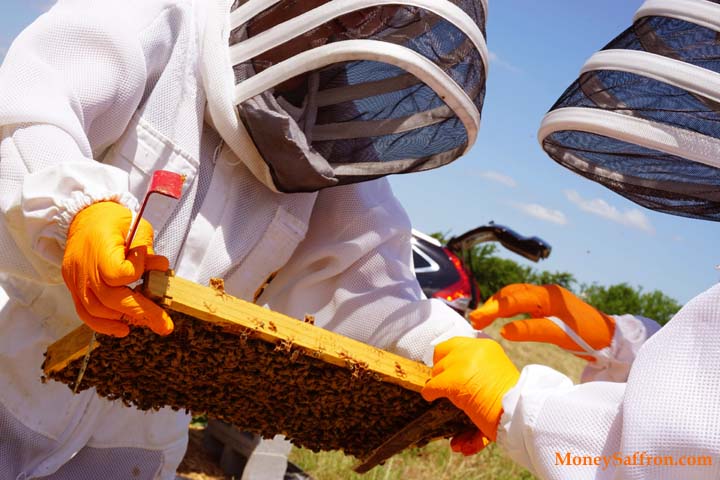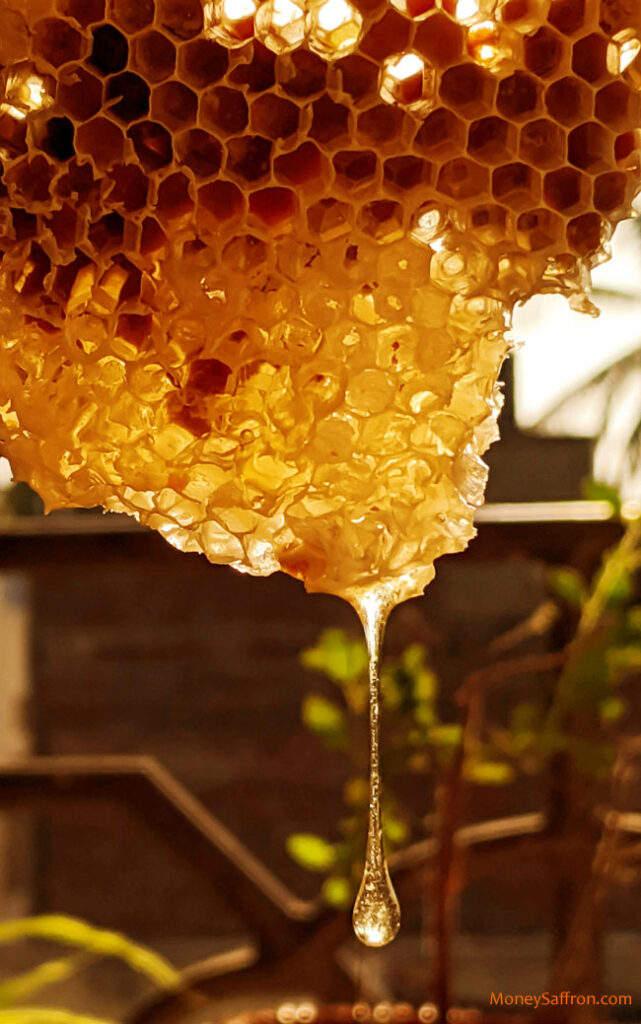The fascination of beekeeping and honey harvesting has grown significantly in recent years. With increasing awareness of environmental issues and the desire for sustainable living, many people are turning to backyard beekeeping businesses. Not only is this hobby beneficial for local ecosystems, but it can also be a profitable venture.
This article will guide you through the essentials of starting your own beekeeping business from home, focusing on the key aspects of managing bees, harvesting honey, and the business side of beekeeping.
Understanding the Basics of Beekeeping
Before diving into the Business of Bees: Harvesting Honey from Your Home Backyard aspect, it’s crucial to understand the basics of beekeeping. Bees are fascinating creatures that require specific conditions to thrive. Here’s what you need to know:
- Choosing the Right Bees: There are various species of honeybees, but the most common for backyard beekeeping is the Italian honeybee (Apis mellifera ligustica). They are known for their gentle nature and high honey production.
- Beehive Setup: A standard beehive consists of several components: the brood box (where the queen lays eggs), supers (where honey is stored), frames, and a bottom board. Investing in a good-quality hive is essential for the health and productivity of your bees.
- Location: Place your beehive in a quiet, sunny spot in your backyard. Ensure ample flowering vegetation is nearby to provide nectar and pollen for the bees.
- Bee Health and Maintenance: Regular inspections are necessary to monitor the health of your colony. Look out for signs of diseases such as Varroa mites or American foulbrood, and take appropriate measures to treat them.
Harvesting Honey
Harvesting honey stands out as one of the most gratifying elements of beekeeping. The process is a culmination of your hard work and dedication and a testament to the harmonious relationship between humans and nature. Here’s a step-by-step guide to ensure a fruitful and rewarding honey harvest:
- Timing the Harvest: Honey is ready for harvesting when the combs are capped with wax. This indicates that the moisture content is low enough for long-term storage.
- Equipment Needed: To harvest honey, you will need a bee suit, smoker, hive tool, uncapping knife, and a honey extractor. These tools ensure your safety and the efficiency of the harvest process.
- Harvesting Process:
- Smoking the Bees: A smoker can calm the bees before opening the hive.
- Removing Frames: Carefully remove the frames from the hive, ensuring not harm the bees.
- Uncapping: Use an uncapping knife to remove the wax caps from the honeycomb.
- Extracting Honey: Place the frames in a honey extractor, which spins them to release the honey.
- Filtering and Bottling: After extraction, filter the honey to remove any debris and then bottle it. Ensure your bottles are clean and dry to prevent contamination.
Turning Honey Harvesting into a Business
Transforming your beekeeping hobby into a business involves careful planning and strategic marketing. Here are a few steps to get started:
- Market Research: Identify your target market. Are you selling to local farmers’ markets, health food stores, or online customers? Understanding your audience will help tailor your marketing strategy.
- Branding: Create a brand that reflects the quality and uniqueness of your honey. A compelling brand story can attract customers and set you apart from competitors.
- Legal Requirements: Check local regulations regarding the sale of honey. You may need to obtain licenses or adhere to specific labeling requirements.
- Pricing: Determine the cost of production and set a competitive price. Consider the costs of equipment, packaging, and marketing when pricing your honey.
- Marketing and Sales Channels:
- Online Presence: Create a website and use social media platforms to reach a broader audience. Share your beekeeping journey, honey recipes, and the benefits of your product to engage potential customers.
- Local Markets: Must participate in local farmers’ vendors, markets, and fairs. Offer free samples to attract customers and build a loyal customer base.
- Retail Partnerships: Approach local health food stores, grocery stores, and gift shops to carry your honey. Provide attractive packaging and point-of-sale displays to encourage sales.
- Value-Added Products: Diversify your product line by offering value-added products such as beeswax candles, lip balms, or honey-infused skincare products. This not only increases your revenue but also attracts a wider customer base.
Sustainable Beekeeping Practices
Sustainability is key to the long-term success of your beekeeping business. Here are some practices to ensure your operation is environmentally friendly:
- Organic Practices: Avoid using chemical pesticides or antibiotics in your hive. Opt for organic treatments and practices to maintain the health of your bees and the quality of your honey.
- Supporting Biodiversity: Plant a variety of flowering plants in your backyard to provide a continuous source of nectar and pollen for your bees. Native plants are particularly very beneficial as they are well-adapted to your local environments.
- Educating Others: Raise awareness about the importance of bees and sustainable beekeeping practices within your community. Offer workshops or partner with local schools and organizations to spread the word.
Challenges and Solutions
Every business faces challenges, and beekeeping is no exception. Here are a few common challenges and their solutions:
- Bee Diseases and Pests: Regularly inspect your hives and be proactive in managing pests and diseases. Research natural remedies and preventive measures to keep your bees healthy.
- Weather Conditions: Extreme weather can affect honey production. Ensure your hives are well-ventilated in the summer and insulated in the winter to protect your bees.
- Market Competition: Differentiate your product through unique branding, high-quality packaging, and exceptional customer service. Highlight the local, sustainable nature of your honey to attract conscientious consumers.
Sum-Up
Starting a backyard beekeeping business requires dedication, knowledge, and a passion for bees. By understanding the basics of beekeeping, effectively harvesting honey, and strategically marketing your product, you can create a successful and sustainable Business of Bees: Harvesting Honey from Your Home Backyard.
Remember to stay committed to environmentally friendly practices and continuously educate yourself on beekeeping techniques. With time and effort, you’ll not only enjoy the sweet rewards of your labor but also contribute to the vital task of supporting our planet’s bee population.




